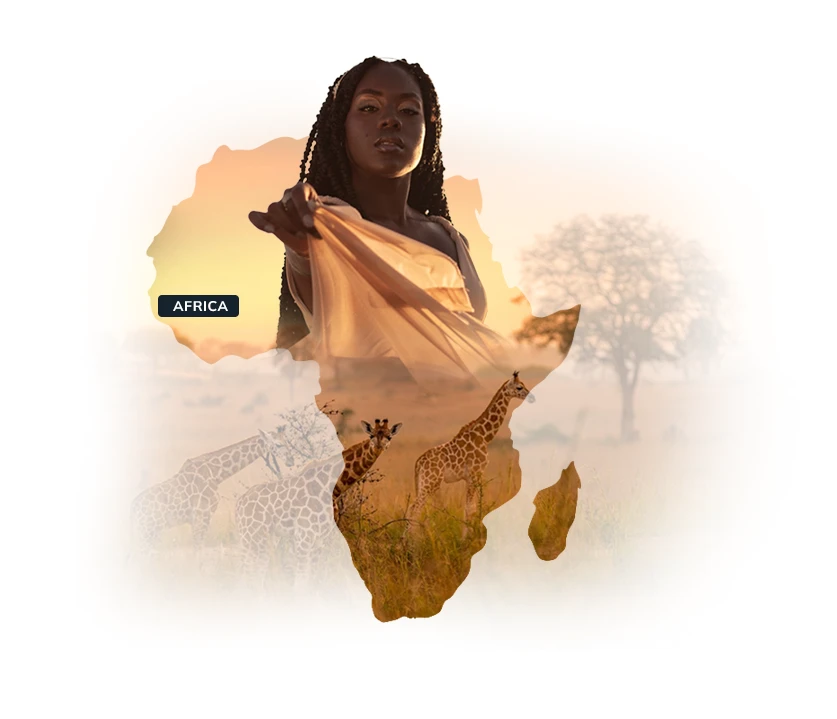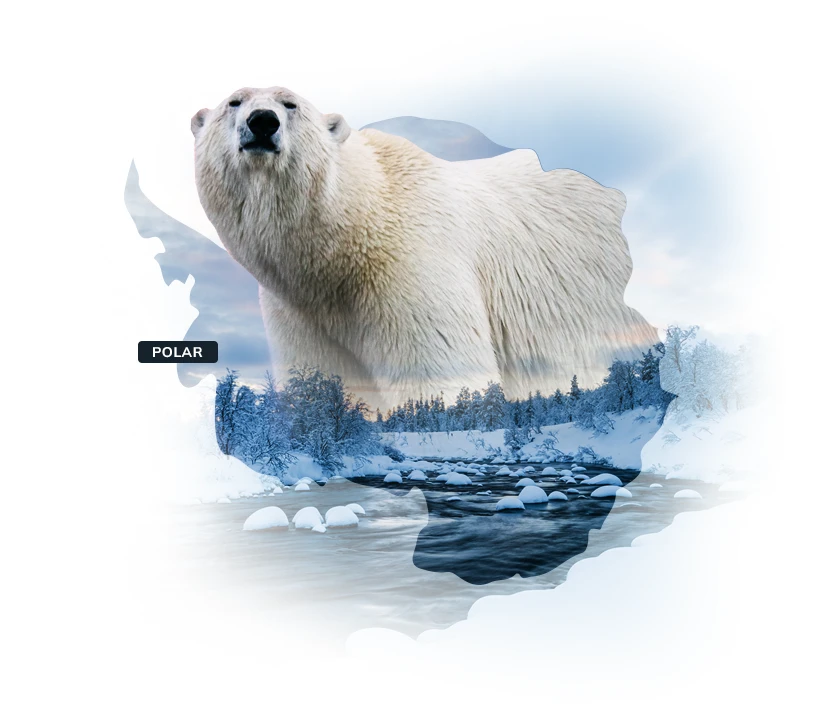Explore the wilds of Nyerere National Park, an unrivalled riverside safari in Tanzania
 Stay at Lake Manze Camp, our favourite stay in Nyerere National Park which combines luxury with adventure.
Stay at Lake Manze Camp, our favourite stay in Nyerere National Park which combines luxury with adventure.
Nyerere National Park was established in 2019, paying homage to the nation's founding father, Julius Nyerere (1922-1999) and encompassing the northern part of the Selous Game Reserve. Spanning approximately 50,000 square kilometers, Nyerere National Park is a sanctuary for many wildlife species, being one of the best places to visit in Tanzania to see elephants, hippos, lions, buffalos, giraffes, zebras, wild dogs, and crocodiles.
Bisected by the Rufiji River, the park offers breathtaking riverside vistas and prime Tanzania wildlife viewing, as the river serves as a lifeline for the reserve's inhabitants. Adventure seekers can immerse themselves in the park's raw beauty through walking safaris, serene boat safaris on the river, and exhilarating game drives. Experiences are uniquely possible here, making it a sparkling addition to any Tanzania safari holiday.
Nyerere National Park is thrice the size of South Africa's Kruger and double that of Tanzania's Serengeti, yet it remains one of Africa's most secluded and exclusive reserves. It beckons those yearning for an authentic East African safari tour, offering unparalleled encounters with nature on foot, by jeep, or across the water, making it a true hidden jewel as you embark on your diverse Tanzania tour.
Best time to visit Nyerere National Park
Nyerere National Park is best visited in the Tanzania dry season, which is usually peak season. However, with so few visitors in comparison to the more popular Tanzania national parks and reserves, you certainly won’t be encountering crowds of tourists during this time. Many of the camps close between mid-March and June which is the height of the rainy season.
Game viewing is better the later in the season your visit is, with the best time of year being between July and October. However, if you’re looking to embark on a Tanzania holiday outside of this time, be assured that game viewing is still very good and wildlife is highly concentrated in the reserve all year round.
WEATHER CHART:
- Excellent
- GOOD
- POOR
Need to chat?
Find out more and tailor your perfect trip with the help of our specialist team
Enquire OnlineMore Tanzania travel inspiration from Wayfairer customers and travel specialists
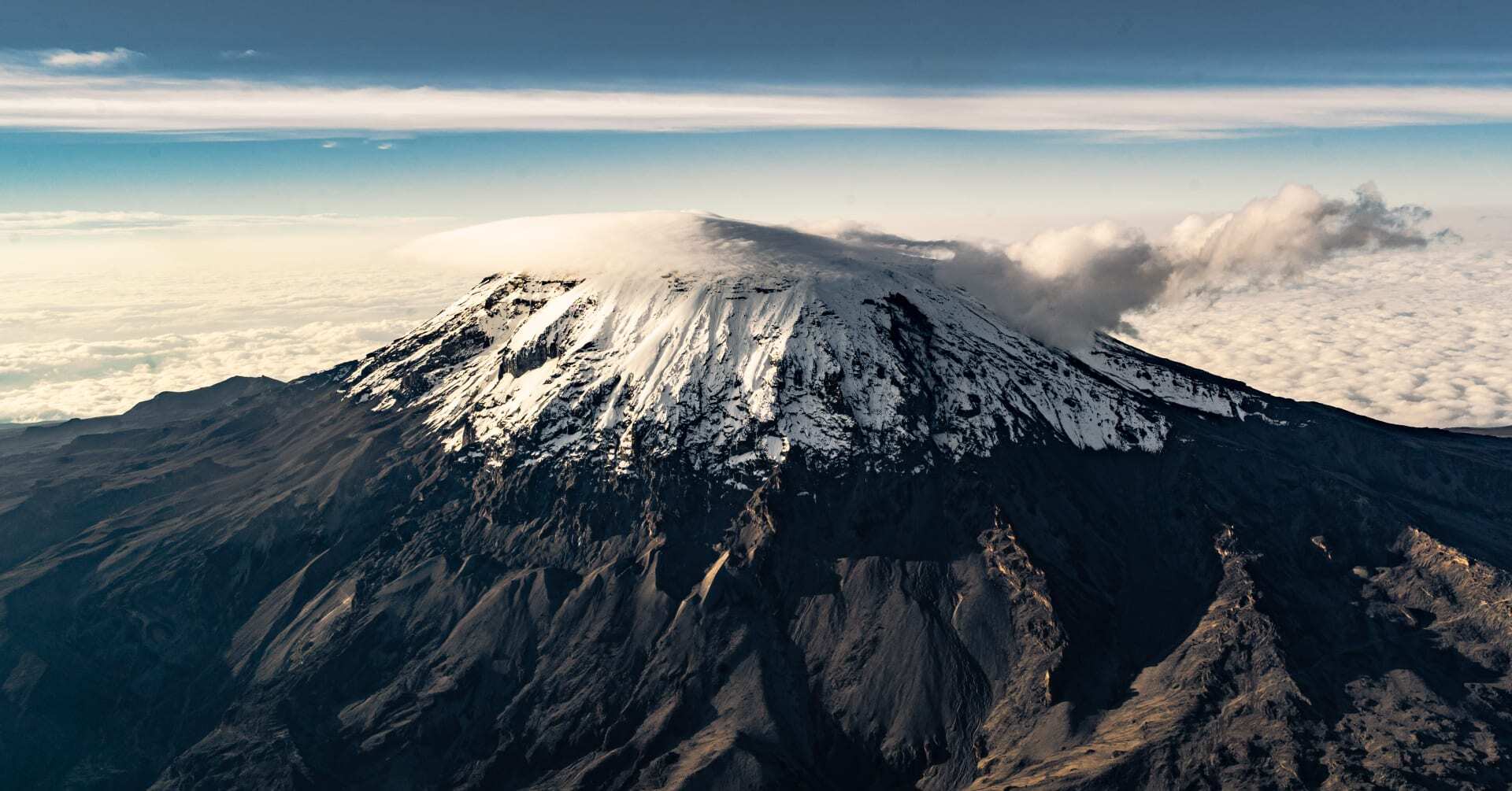
The Best Time to Climb Kilimanjaro
May 13, 2025
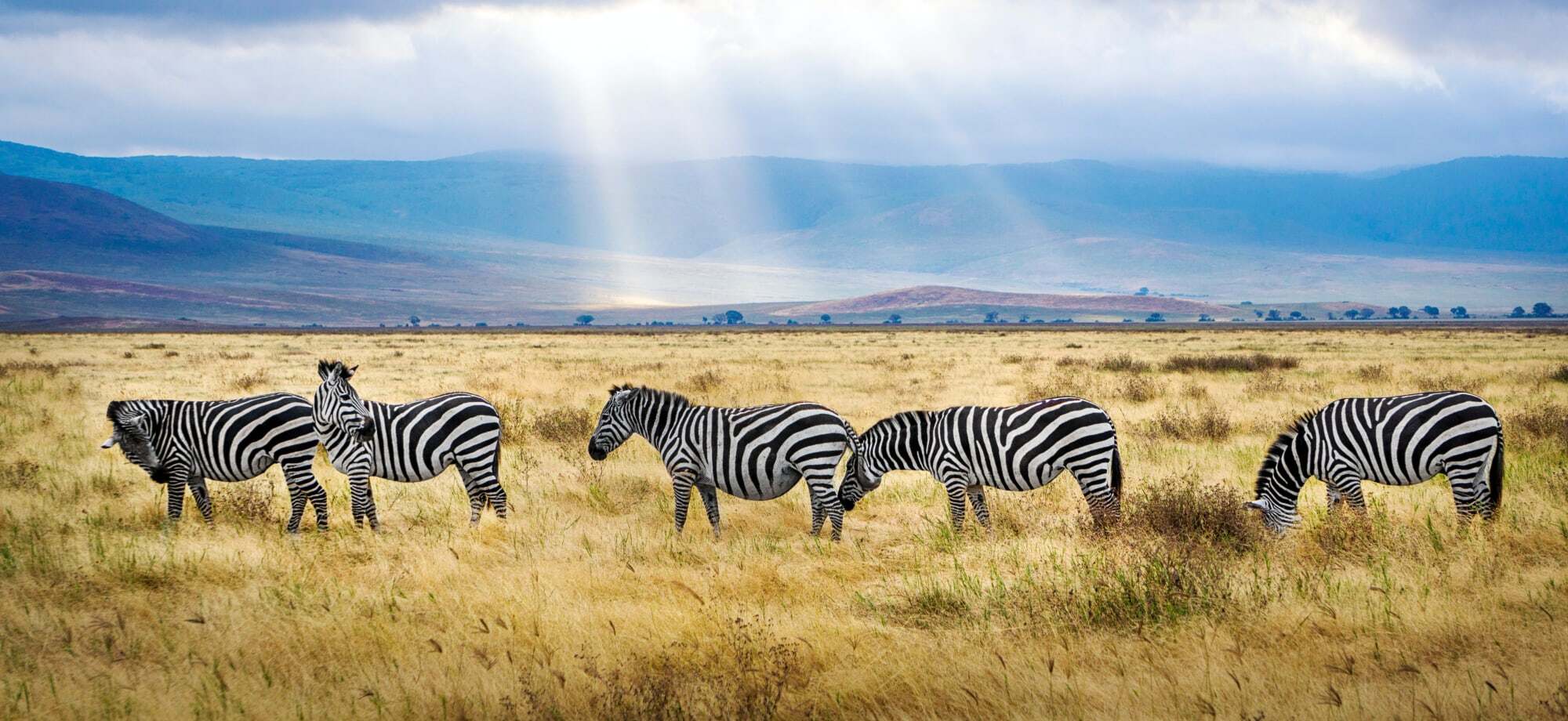
Top 7 Parks & Game Reserves in Tanzania (Including Where to Stay)
April 14, 2023
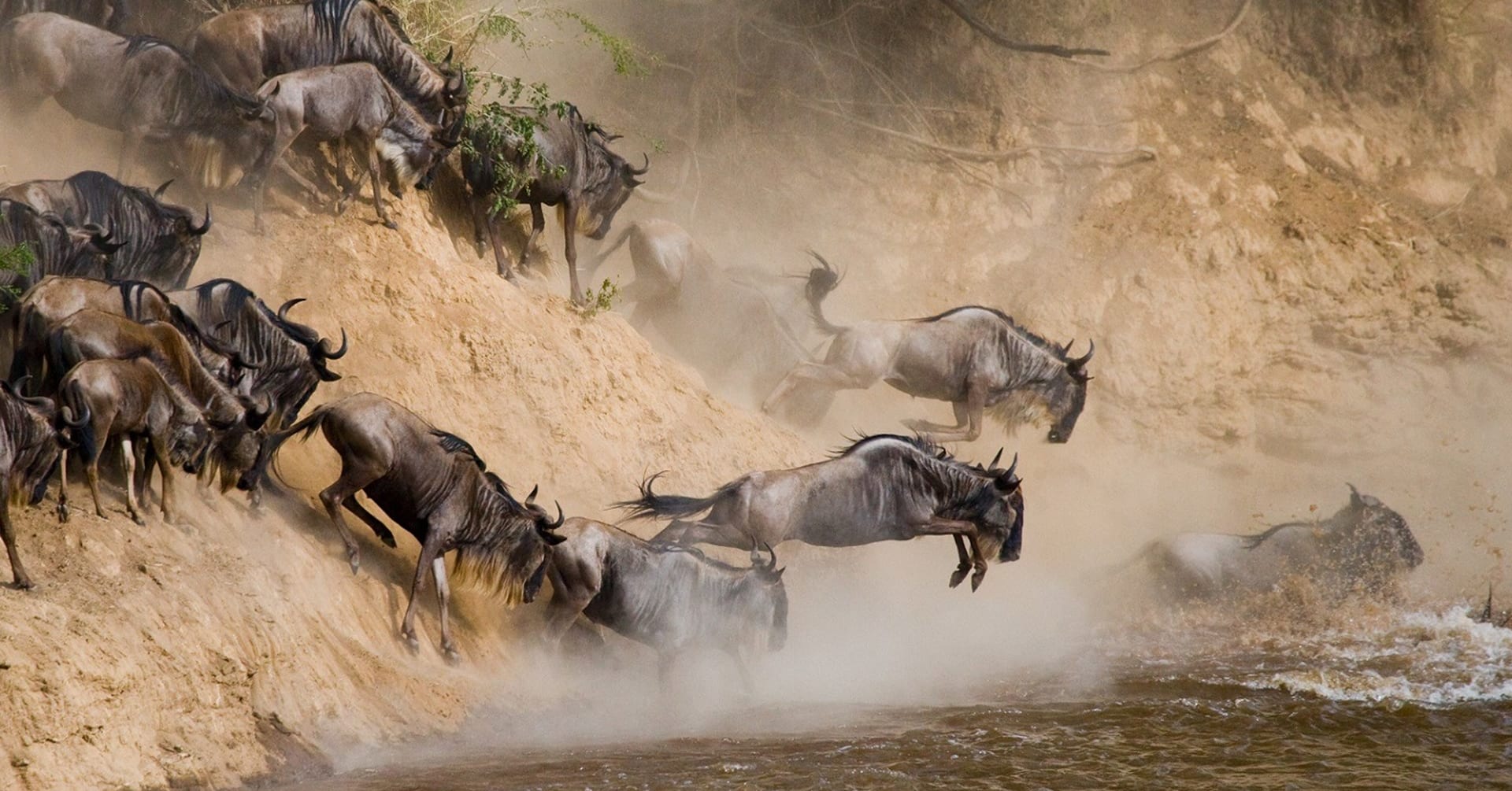
Monthly Wildebeest Migration Patterns (Including Where to Stay)
May 08, 2024
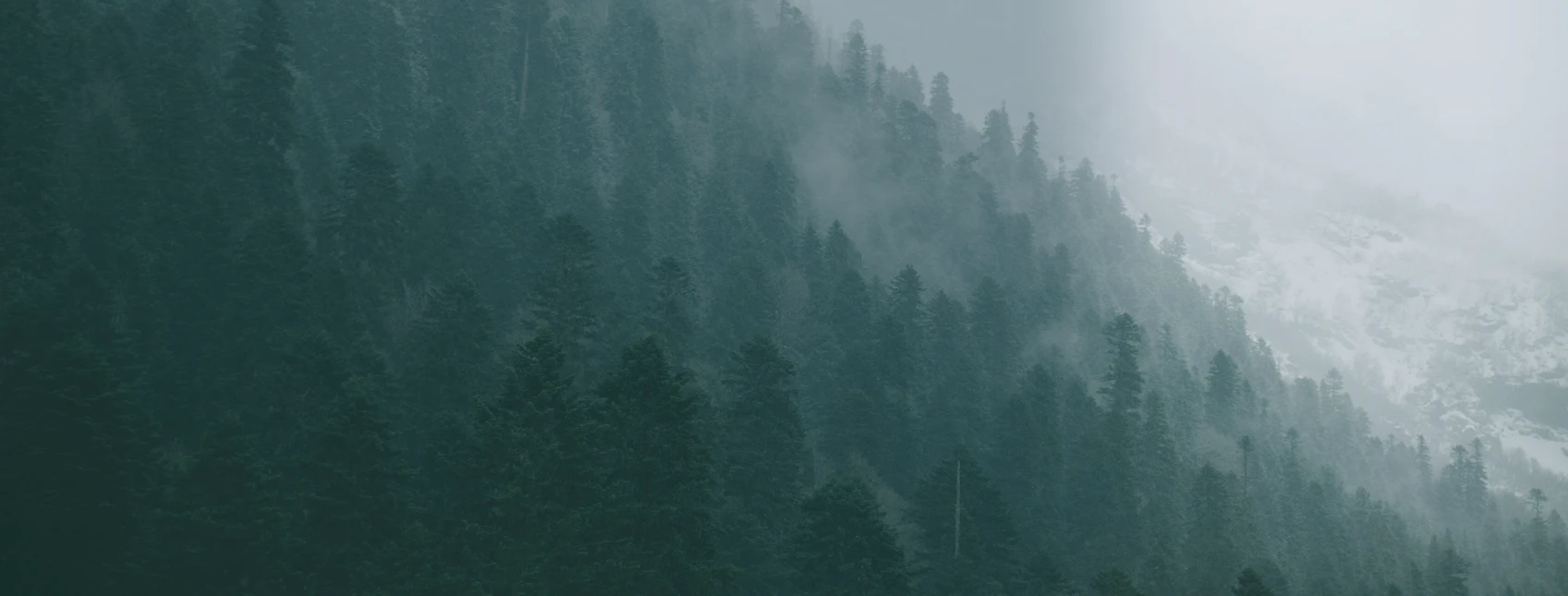
Sign up to our newsletter
For more travel inspiration delivered straight to your inbox just fill in your details here
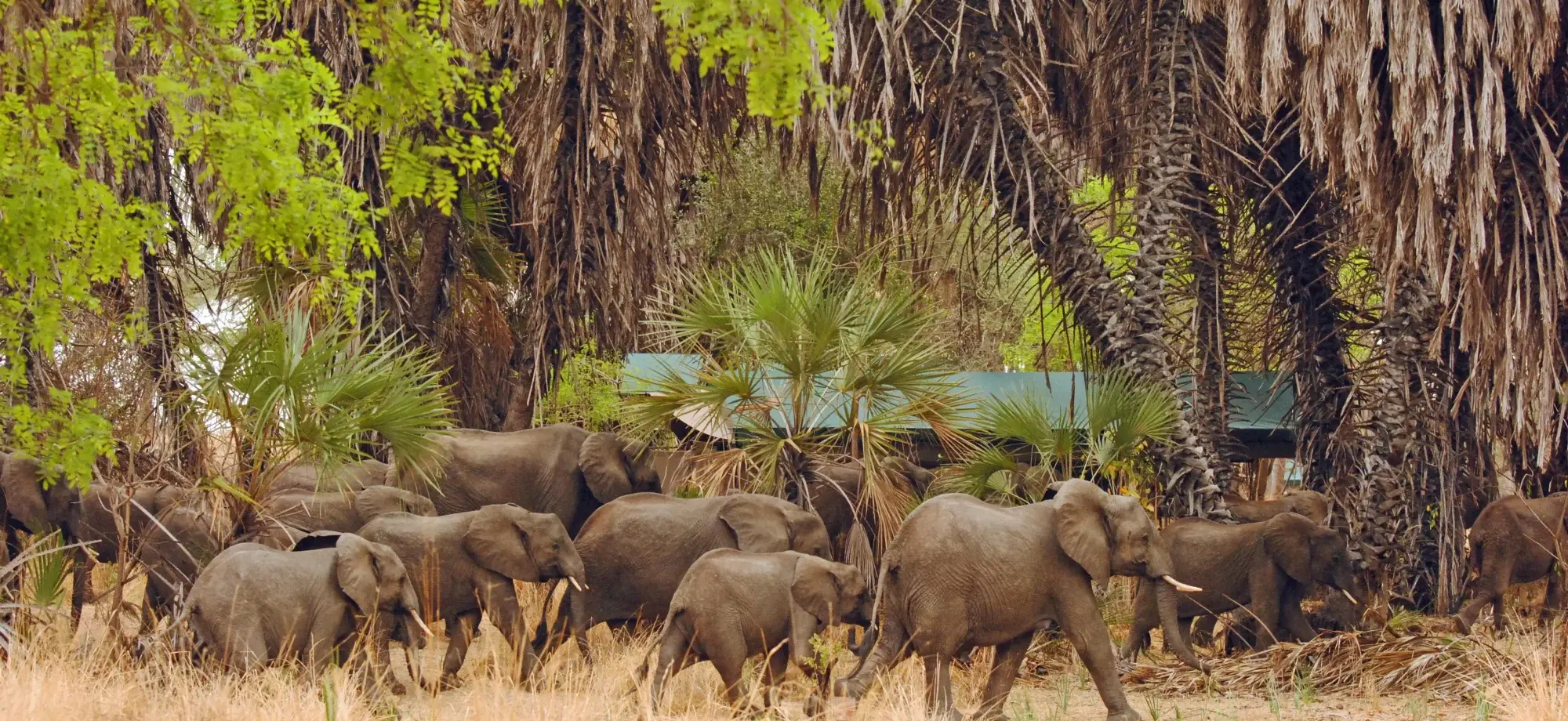
Start planning your luxury Tanzania holiday today
We're looking forward to hearing from you


